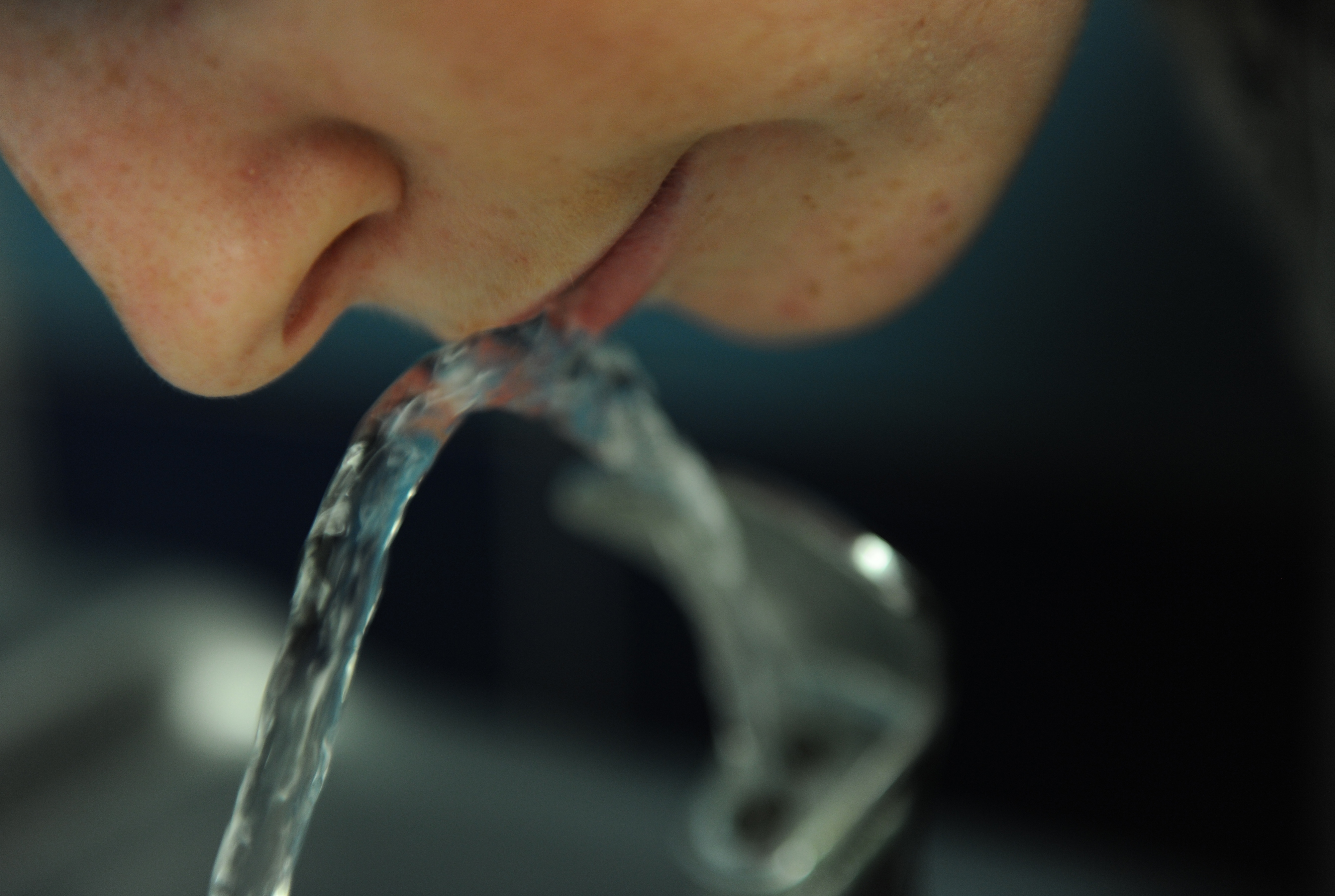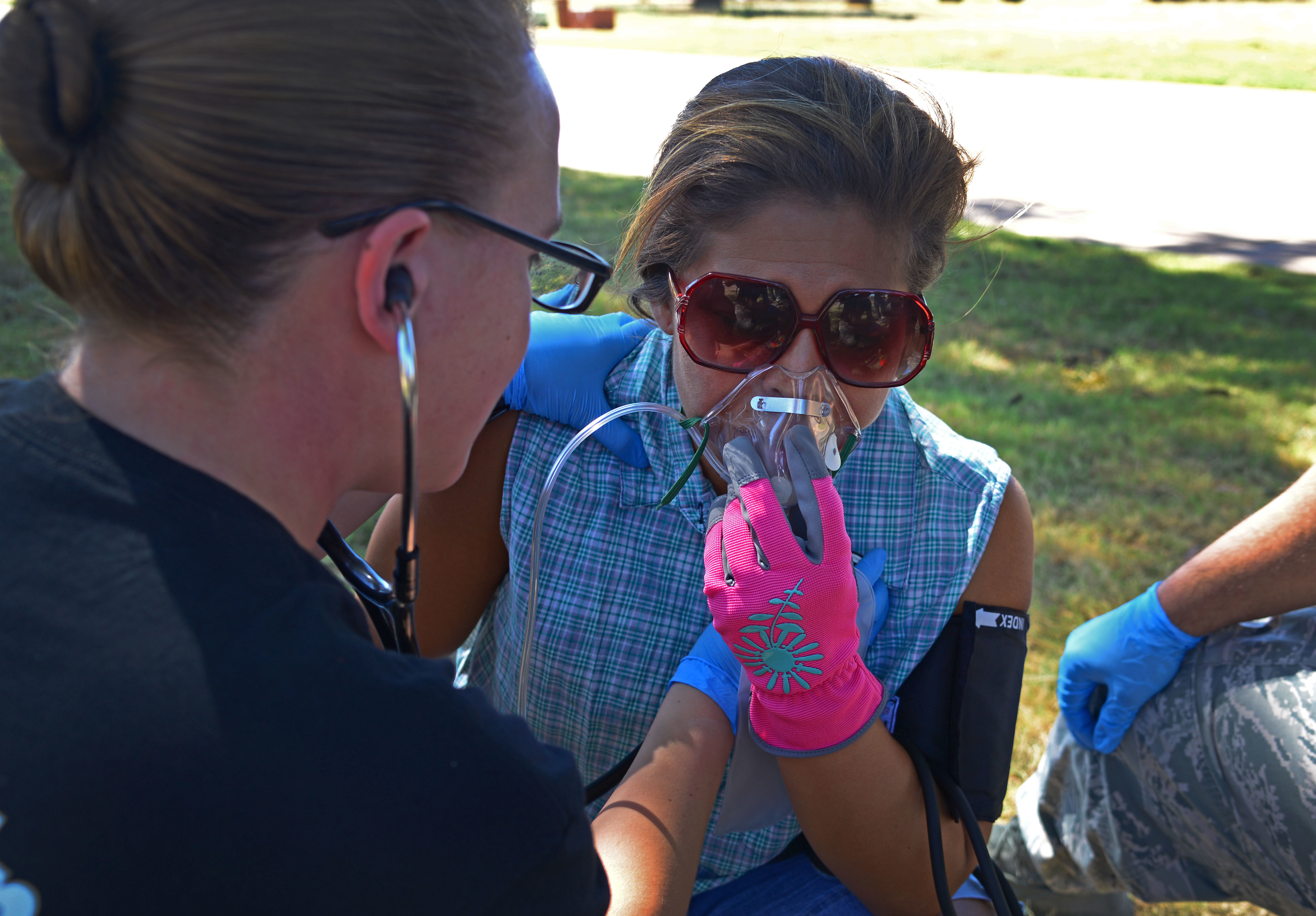As strange as it may seem, I’d like to start the third blog in our soil series thinking about water. Soil is our economic base, but water is our lifeblood. And the reality is that soil and water are directly connected.
The earth’s surface covers about 197 million square miles. (As a reference point, the entire city of Kansas City, Missouri covers only 319 square miles.) Over 70% of our planet is covered in water, but 96.5% of that water is saline and held in the oceans. Only about 1% of the remaining 3.5% freshwater is available for human use. The rest — 2.5% — is not easily available.
I’m sure that you remember studying the water cycle in school and learning that water in various forms is constantly moving from and returning to the earth. The illustrations in our textbooks always looked something like this:
After studying the pictures and listening to the explanations, I remember being somewhat confused by the entire process. We were in the middle of a large, concrete covered city and since we did not have any rivers or lakes near us, I could not comprehend how our water could possibly return to rivers, streams and lakes. As far as I was concerned, water went into the ground and just disappeared. It took years of maturity and having to teach the water cycle in a geography class before the reality of the water cycle hit me.
I finally came to understand the concepts of a water table somewhere beneath the ground I walked on and of underground “water storage vaults” called aquifers. Once those concepts took hold, then it was easy to visualize water seeping from the surface into the underground basins and flowing through splintered rock and sand into lakes and streams both nearby and far away, only to be returned to the atmosphere through evaporation and back again to the earth through condensation and precipitation.
I realize that my description of the water cycle is very simplistic (again, no scientist here), but reviewing the process reminds me of some important details. The fact of the matter is that although our water supply remains relatively constant, where it is returned, how much is returned and, especially concerning in today’s world, its quality is not a given.
The longer I have been involved with horticulture, the more I have come to realize two things. The first is how critical our water supply, both above ground and below ground, is to our health and well-being. The second is the huge impact that our daily activities have on its availability and safety. A recent statistic that I ran across indicated that 40% of American rivers and 46% of our lakes are so “polluted that they are considered unhealthy for swimming, fishing and aquatic life.” (Conserve Energy Future)
There are, of course, multiple sources of water pollution. It’s easy to point fingers at industrial waste and large scale agricultural operations, but improper and overuse of common horticultural chemicals has been and continues to be a significant contributor to water pollution.
Americans love their lawns! Turf is the most widely grown “crop” in the United States right now, covering over 63,000 square miles of land. That’s more land area than the entire state of Georgia! In fact, we grow more turf than we do corn. We spend 40 billion dollars each year caring for our lawns. We use 90 million pounds of chemical fertilizers and another 78 million pounds of pesticides on them each year. Unfortunately, in our traditional, chemical oriented pursuit of the perfect expanse of green grass, we are sacrificing the health of our planet, especially our water systems.
Only 40% to 60% of the fertilizers we apply is actually taken up and used by the plant material. The sizable amount that remains evaporates into the air contributing to the release of greenhouse gases, is lost to run off into our waterways or becomes tied up in the soil and slowly leaches into our groundwater. All three options ultimately have negative consequences for our water systems.
Water pollution resulting from chemical fertilizers can be the cause of health problems ranging from annoying to lethal for both humans and animals. Rashes and stomach problems can be tied to toxins caused by the nitrates from fertilizers, but so can cancers, respiratory ailments and neurological problems. Methemoglobinemia (blue baby syndrome), a very rare illness that presents as a bluish color to the skin, headaches, general weakness and trouble breathing, can be tied to extremely high levels of nitrates in drinking water.
Another particularly dire consequence is the increasing number of “dead zones” being reported in U.S. waterways and along both the east and west coasts. A dead zone, or Hypoxia, is an area where there isn’t enough oxygen to support most marine life. When nitrogen and phosphorus, two of the major components of our well loved chemical fertilizers, leak into our water systems, algae bloom growth increases. As the algae waste decomposes, oxygen is used faster than it can be replaced. Marine organisms, like humans, must have an adequate amount of oxygen to live. If they cannot escape the dead zone, then they will be unable to grow, reproduce or even survive. Industries that depend on a healthy marine environment, for example commercial fishing or tourism, will suffer and in a chain reaction, so will humans.
A leisurely drive through our town confirms that people here love their lush, green lawns. I’d guess it is the same throughout the country. Unfortunately, we have unknowingly paid a steep environmental price for the privilege of our luxurious lawns. The good news is that today we can still have our lawns and avoid many of the negative outcomes by using an environmentally friendly program.
Embassy Landscape Group has a solution for you. Join us next time as we detail their organically based, environmentally friendly turf and plant care program. You’ll be glad that you did!











